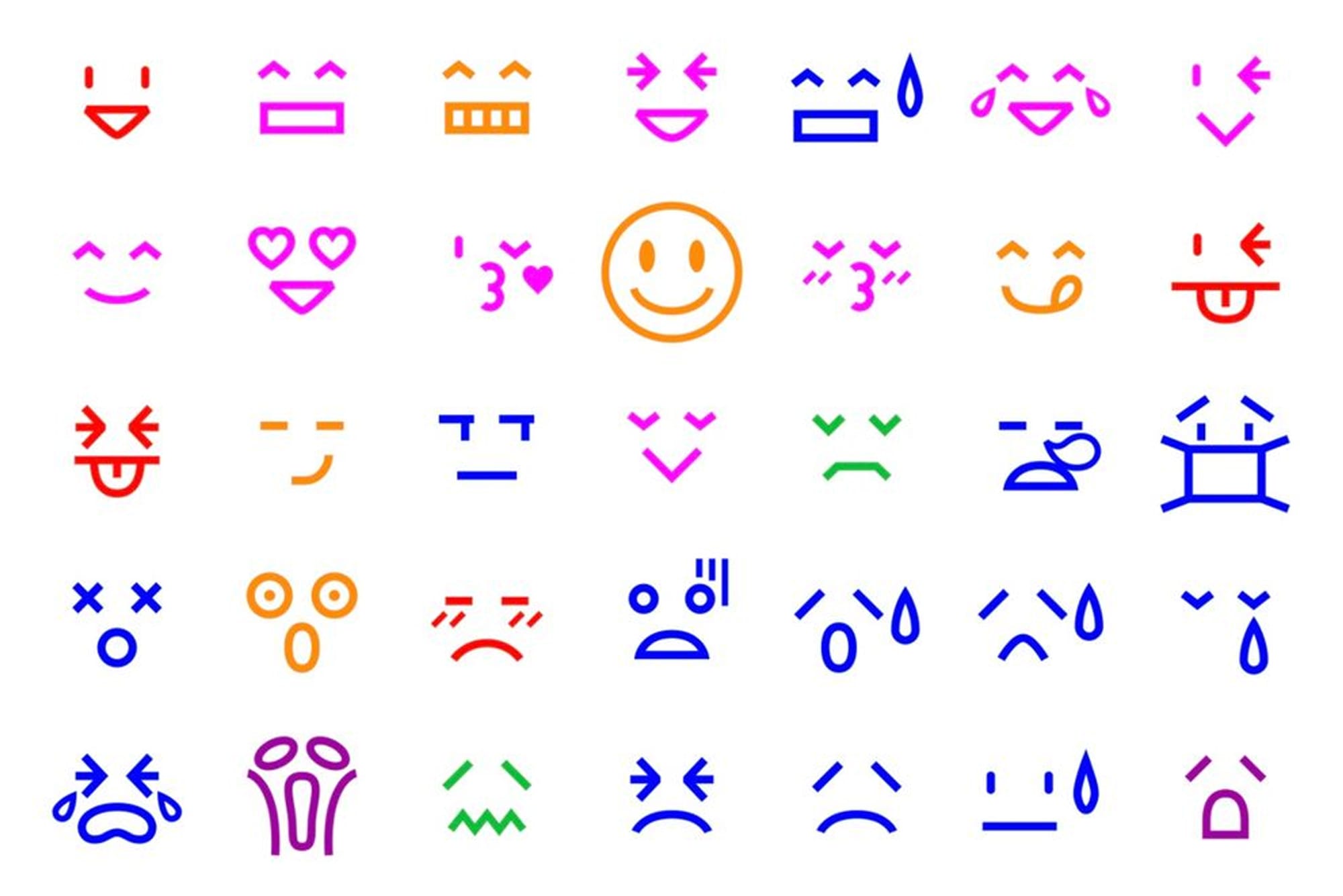Docomo Emoji Set To Be Officially Discontinued
This week, it was announced that Docomo’s emoji designs will no longer appear on any of the Japanese mobile network’s devices. This marks the end of an emoji era that first began in 1999, even though the set hasn't been updated since 2013.

This week, it was announced that Docomo’s emoji designs will no longer appear on any of the Japanese mobile network’s devices. This marks the end of an emoji era that first began in 1999, even though the set hasn't been updated since 2013.
Docomo emojis were still in use?
Surprisingly, yes, though only on specific devices within Japan.
Docomo’s emoji set received its final update in 2013 and featured a total of 698 emoji designs. This 2013 set was initially made available on Docomo-branded devices running Android 4.3 and 4.4.

This last Docomo emoji update was therefore made after the launch of the first Unicode-compliant Google emoji set, which was released on Android 4.1 in 2012.

This early Google emoji set had many of its designs based on the original Android logo, designed in 2007 by Irina Blok, though it would be replaced in 2013 by the first incarnation of the now-iconic emoji blob designs that would last until 2017.

However, instead of directly implementing these Google designs, Docomo chose to continue implementing its own emoji design set on Android devices sold through Docomo.
These devices were tailor-made variants of mainstream phones produced by manufacturers such as Samsung, Sony, and Fujitsu, configured specifically for Docomo’s network and services.
While globally sold models from these manufacturers used Google's emoji set (or, in the case of Samsung, their own custom emoji set), Docomo-branded variants often included system-level font modifications that preserved the Docomo emoji set.
We can assume that these emojis were implemented using Unicode emoji codepoints, instead of the previously used character encoding schemes.
However, because the set received no documented updates after 2013, many emojis introduced by Unicode after 2010 ended up being rendered on these tailor-made Docomo devices with Google's designs.

This variation in implementation has been the subject of several Reddit threads.
But now they're officially finished?
With today’s announcement, Docomo has formally committed to ending support for this emoji design set from late June 2025.
Almost all Android devices sold by Docomo after the end of June will no longer feature the 2013 Docomo set and will instead render all of its emojis in the latest version of the Google Noto Color Emoji set.

The only devices this does not apply to are the Samsung Galaxy series of devices. Instead, Samsung Galaxy models sold by Docomo after July 2025 will no longer support the 2013 emoji set and will instead use Samsung's own custom emoji design set.

This doesn't mean the designs are going to immediately disappear, however. Docomo devices released before late June 2025 will continue to be able to use Docomo emoji designs.
That said, it's currently unclear whether future OS updates on these older devices will affect emoji rendering.
The End Of An Era
Today’s announcement officially ends an era of emoji implementation by Docomo that first began in 1999, with the launch of one of the most influential emoji sets in history.
However, Docomo’s experimentation with pictographic communication began even earlier.
Famously, Docomo introduced its first symbol-based messaging innovation in 1995 with the "Pocket Bell" pager service. Among the features was a simple heart icon ❤️—a small addition that proved enormously popular.

In fact, when Docomo released a later model that omitted the heart, customer backlash was immediate and intense. That reaction helped underscore the emotional value of symbolic communication and laid the groundwork for what came next.
Two years later, in 1999, Docomo launched the i-mode mobile internet platform. Alongside it came a set of 176 12×12 pixel monochrome icons designed by Shigetaka Kurita.
These emoji designs, ranging from smiley faces and weather icons to zodiac signs and transportation symbols, are often mistakenly cited as the first true emoji set.
Yet while Softbank implemented an emoji set in 1997, and earlier emoji-like pictographs can be found on Japanese handheld systems as far back as 1988, Docomo's i-mode emoji set was the first to be used broadly in messaging communications.

Unlike these earlier systems, Docomo’s emoji set in 1999 was explicitly tied to mobile internet use and would become the template for emoji standardization in the 2000s and 2010s, alongside emoji design sets implemented by Softbank and KDDI on their own versions of i-mode (J-Sky and EZweb, respectively).
Docomo's set would receive several updates between 1999 and 2013, introducing color support and additional concepts to the keyboard. But now, as per this week's announcement, it will finally be discontinued.
Spanning 26 years, it's undeniable that Docomo’s emoji set played a foundational role in emoji history, even if its last incarnation remained unchanged for almost 12 of those 26 years.
